These Are the World’s Oldest and Rarest Spirits
What makes an ultra-aged spirit worth the time—and 16 bottles to add to your collection
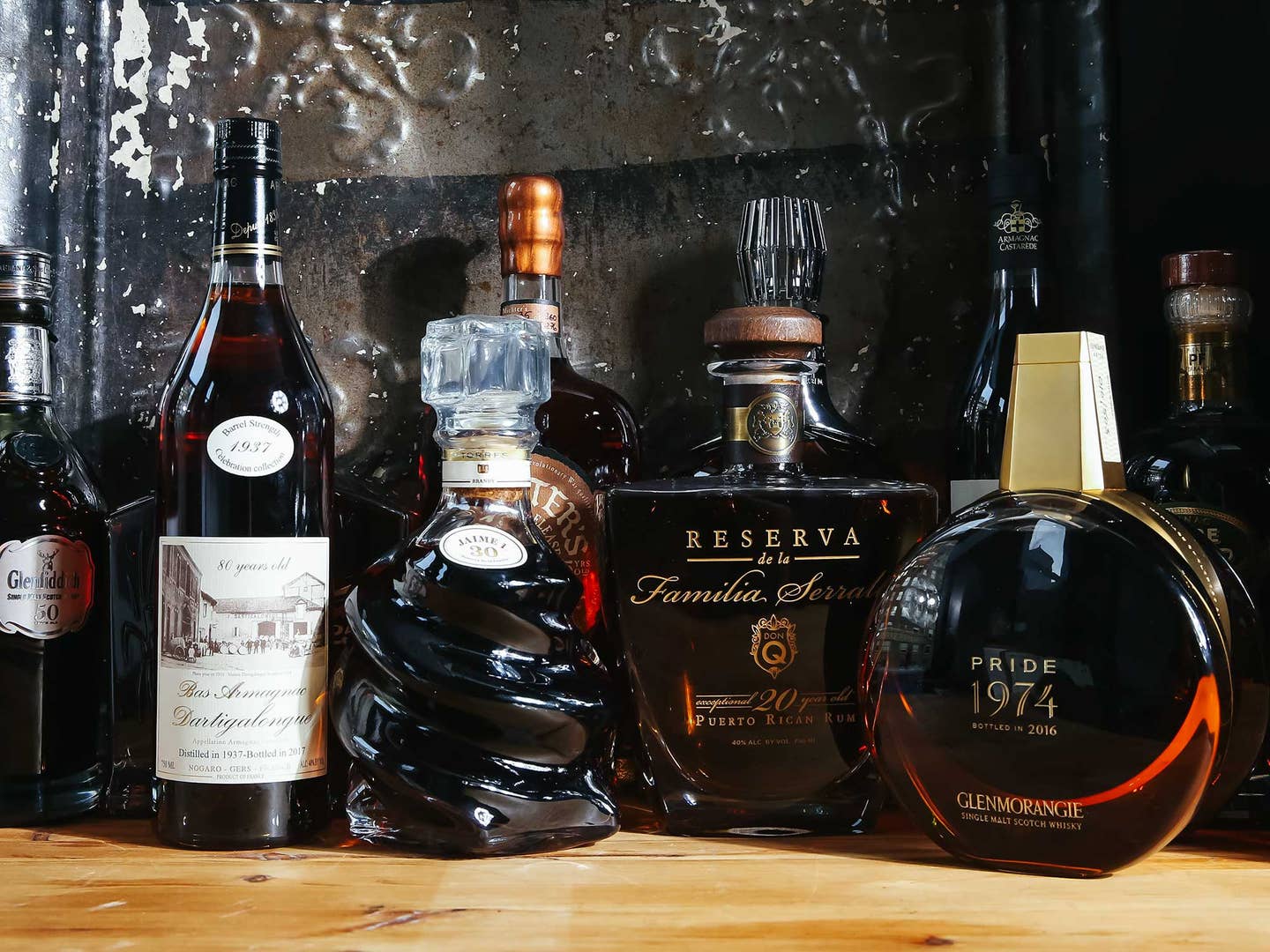
For centuries, distilled spirits have enhanced and uplifted our spirits, garnering a variety of applications throughout history, be they medicinal, religious, or simply satisfying the need for a stiff drink. This means the liquor production, in its various forms all over the world, has always been a marriage of art and science. But if there's one phase of the craft that can make or break a spirit, it's aging, and aging's one uncompromising requisite is—you guessed it—time.
Aged spirits—including brandies and whiskies—will spend years resting in casks, maturing under careful watch until the product meets the brand's master distiller's standards or is approved by a group of tasters. It's important to note, however, that factors such as climate and base materials determine the point at which a spirit reaches peak or minimum age for certain brackets, and this is something that differs vastly across the spectrum of liquor categories.
RECOMMENDED: The Best New Spirits and Liqueurs of 2017
For example, the highest official age designation for tequila, called "extra añejo," is met after the liquid has spent three years in an oak barrel, and the qualification for cognac's age designation is twice as long: For a cognac to be considered XO, or "extra old," the youngest liquid included in the blend must have spent at least six years in oak, according to 2017 regulations.
While it’s not exactly possible to draw these parallels between all spirits categories, it’s certainly safe to say that each one has its own set of outliers that have withstood the test of time in the most literal sense, pushing the boundaries of age and becoming an artifact of sorts.
"A spirit that is both incredibly old and genuinely delicious is, in many ways, a small miracle," says Beanie Espey, Joint Managing Director of The Last Drop Distillers Limited, an organization dedicated to seeking and bottling some of the world's rarest quality spirits, primarily whiskies and brandies. Many of these happen to be quite old, though Espey also warns that the relationship between age and quality is one of correlation, not causation: "Old doesn't automatically equal good quality. So the trick is to identify something where the liquid and the wood have worked in harmony over many, years to create a truly remarkable spirit."
Creating a time-honored spirit that will be sought out by the likes of The Last Drop begs the question: Why not ultra-age everything? “The most compelling answer to that is simply that it is one giant gamble,” says Espey. In other words, poorly-treated or stored wood—combined with age—can often work against a spirit as much as good wood can work to its advantage.
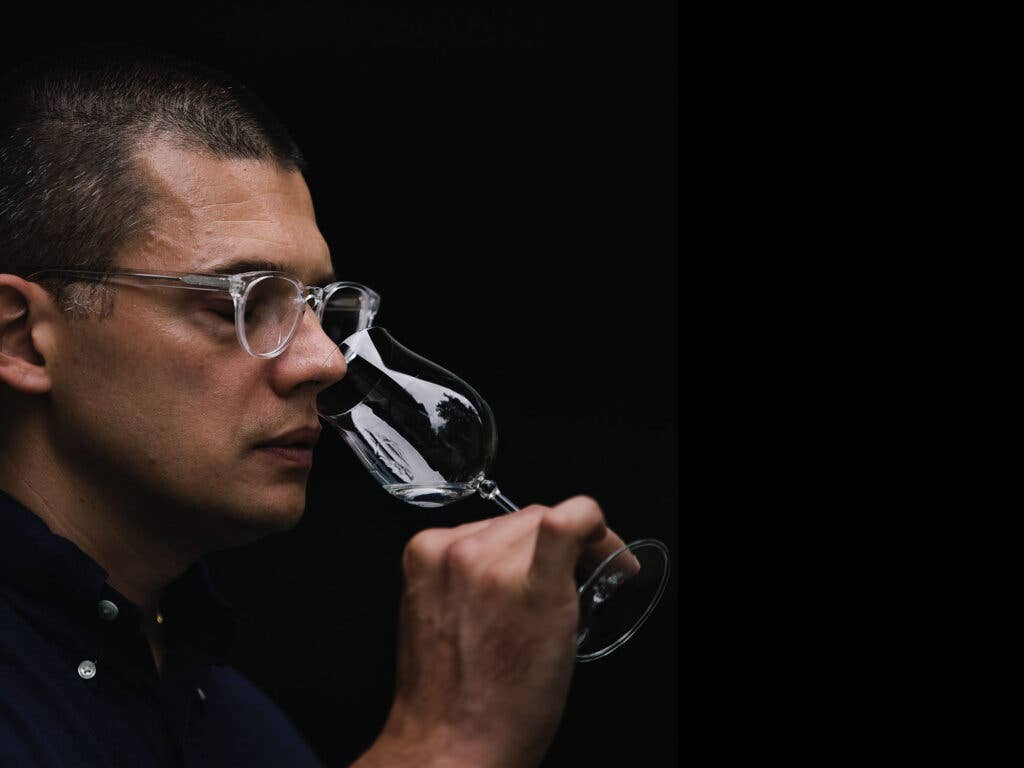
So what are the qualities that experts like Espey look for in ultra-aged spirits in general? Nicolas Palazzi, rare spirits hunter and founder of PM Spirits, shares his prerequisites for considering a spirit.
“The spirit must have a personality—it needs to be unique, and in smelling and tasting. It needs to tell a story of what this distillate is and how it got there. I am looking for complexity and balance; the nose and the palate need not to have just one single dominant note,” Palazzi explains. “I am looking for layers of aromas and flavors evolving over time, in the glass and on the palate. Elegance and vibrancy are also key; it’s like drinking old wines. Drinking old to drink old makes no sense. If the wine is dead, with no fruit and no life, there is no point. I want that spirit to still be lively, to express itself.”
And while such qualitative metrics may be tough for the average palate to assess, there are some more concrete requirements. As Palazzi notes, the spirit must have matured to old age without cutting corners: “It needs to have gotten to where it is aroma and flavor-wise solely by aging as opposed to having been messed with by the addition of additives.”
In the name of tracking down these fine spirits—keeping approachability and accessibility in mind—here are 16 of the world’s most-prized, ultra-aged liquids we plan, er, hope to sip in 2018.
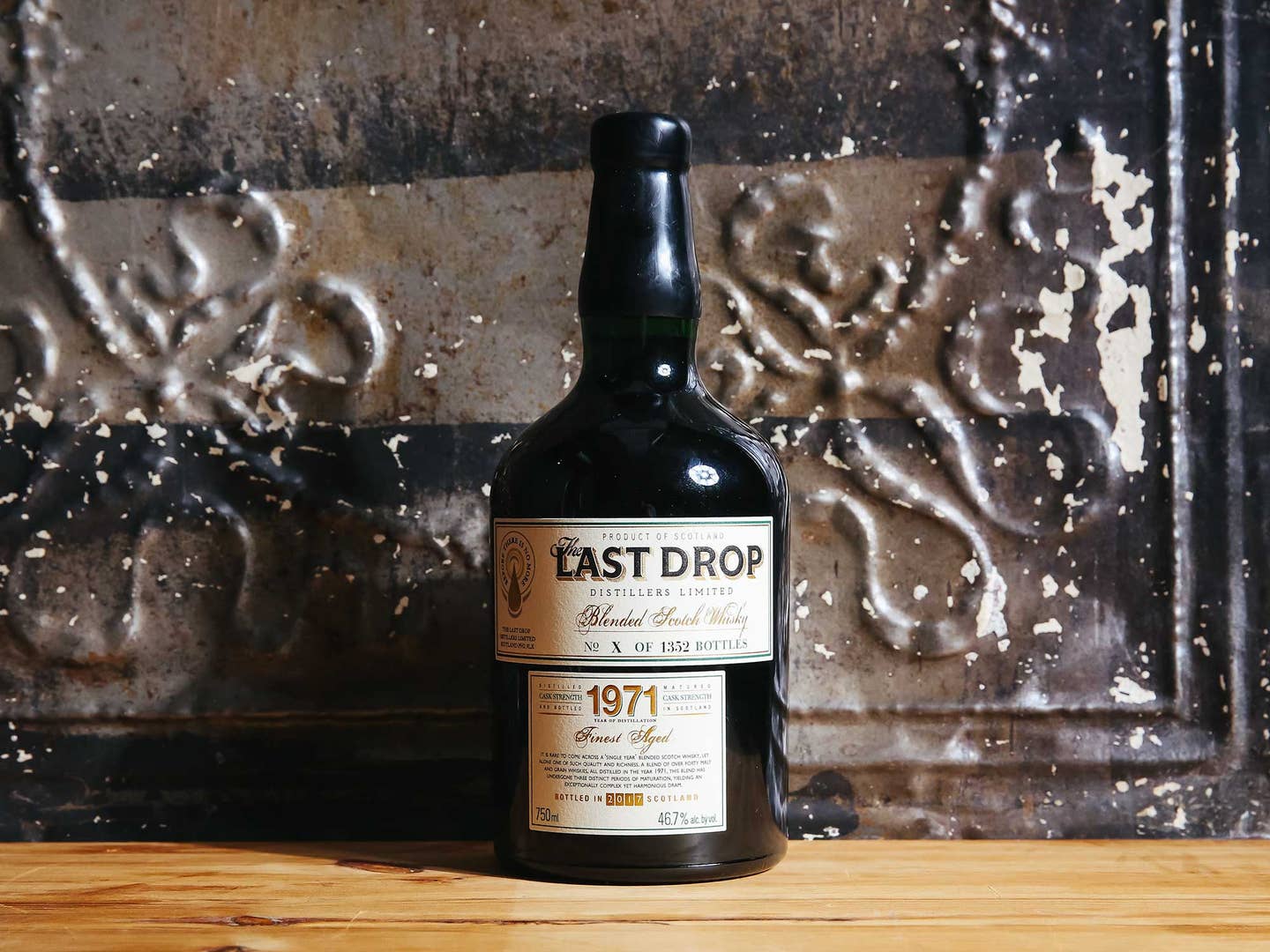
This blended scotch has led quite a colorful life up until this point. Discovered and bottled by The Last Drop, it was initially distilled in 1971 and is considered "triple matured" after having been first aged for 12 years before its initial blending. The remainder after bottling was again laid to rest in ex-Oloroso sherry butts for another nine years. It was then partially re-blended and the remainder was transferred to oak barrels for another 24 years; its final iteration as of 2017 is now on the market as a blend of over 40 single malt and grain whiskies. There are only 1,352 bottles in existence. $3,247+
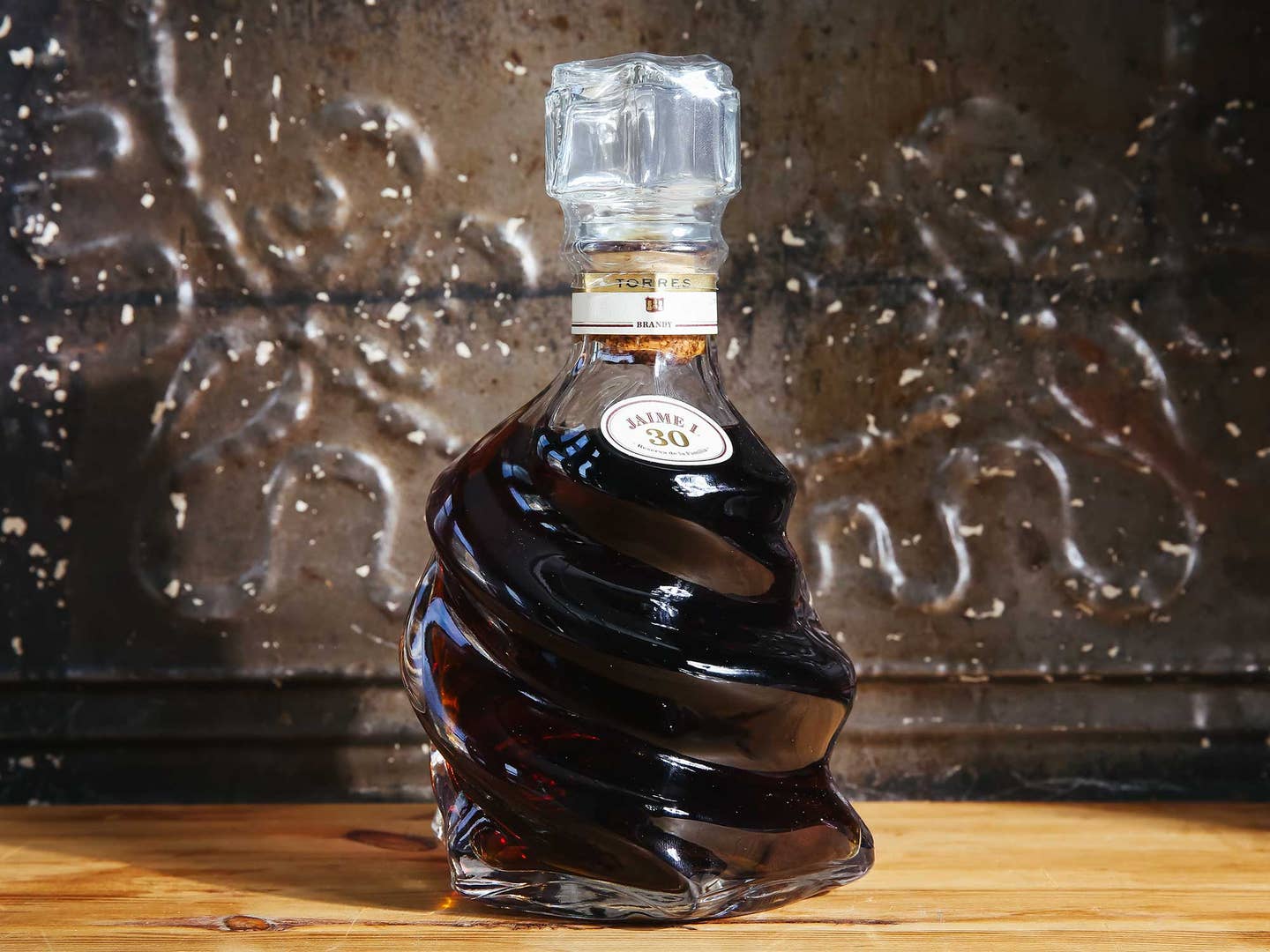
Brandy is a broad category of fruit-based distillates. Bodegas Torres, a family-owned Spanish winemaking brand with five generations' worth of experience and clout, is behind the Jaime I, a deeply rich 30-year-old brandy honoring Jaime Torres, the company's original founder. The bottle's shape is inspired by Gaudí architecture in Barcelona; the liquid itself has been aged in American oak barrels for up to 30 years in a Solera system, which involves "mixing different aged barrels together as angel's share takes place in order to create a specific, well-rounded flavor profile," brand ambassador Craig Schiedlo explains. "Angel's share is when the barrel loses some of the liquid due to barrel absorption or evaporation. There is usually a minimum age statement that you can ask for by the brand. For Jaime I, the minimum age statement is 8 years." $80-$90
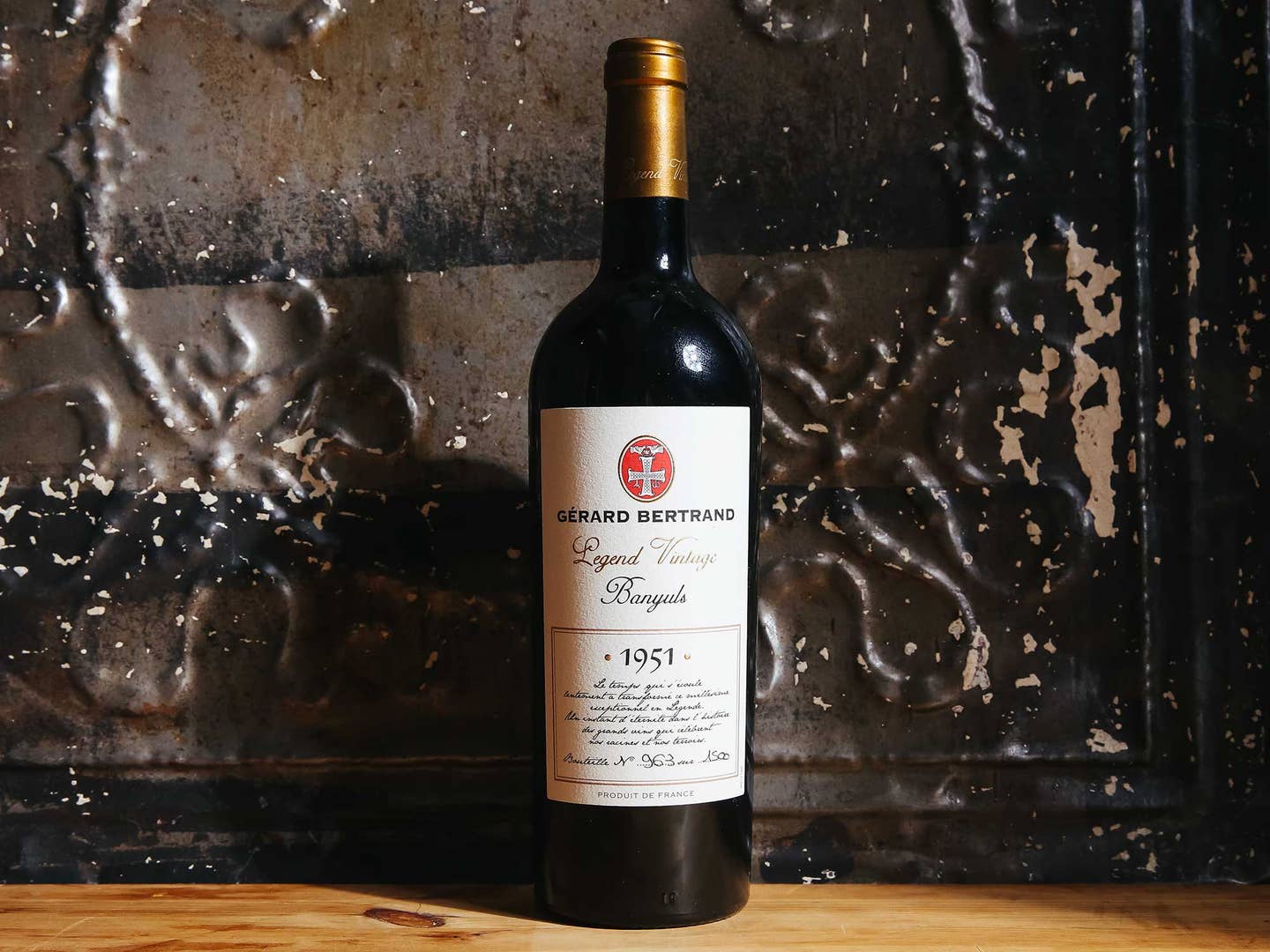
Southern France's Roussillon region is home to the Vins Doux Naturels subcategory of fortified wines. VDNs could be compared to port in terms of style and flavor profile; however, these lesser-known naturally sweet wines actually predate the port category by about four centuries, according to journalist and educator Jamal Rayyis. Gérard Bertrand, an iconic wine brand in the region, currently has an extraordinary reserve of three different VDNs: Maury, Rivesaltes, and Banyuls—look out for the 1929, 1945, and 1951 respectively as standout years, though the oldest of the collection dates back as far as 1875—these incredibly special dessert wines share beautifully complex flavor profiles of dominant baking spice and nuttiness over candied fruit. Maury 1929, $995; Rivesaltes 1945, $525+; Banuyls, $420+
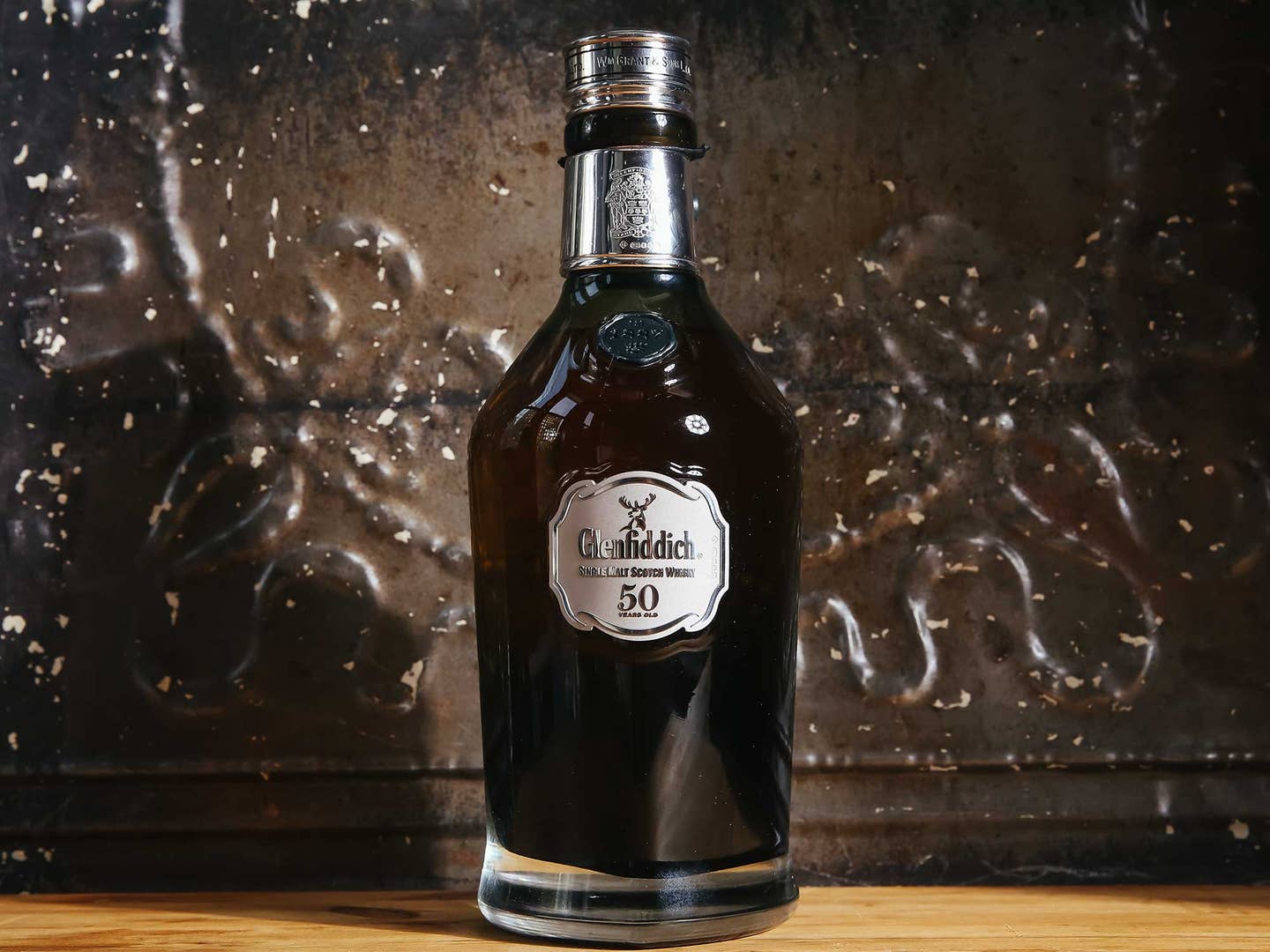
Glenfiddich's latest rare release is a marriage of liquid from two different casks, both aged for 50 years; each year, only 50 of these bottles are released. This bottling features a strong floral nose of rose petals and violet with a bit of smoke while light tannin defines the flavor profile, making way for toffee, herbs, vanilla, orange marmalade, and a hint of peat lead into a long, dry finish. $30,563+
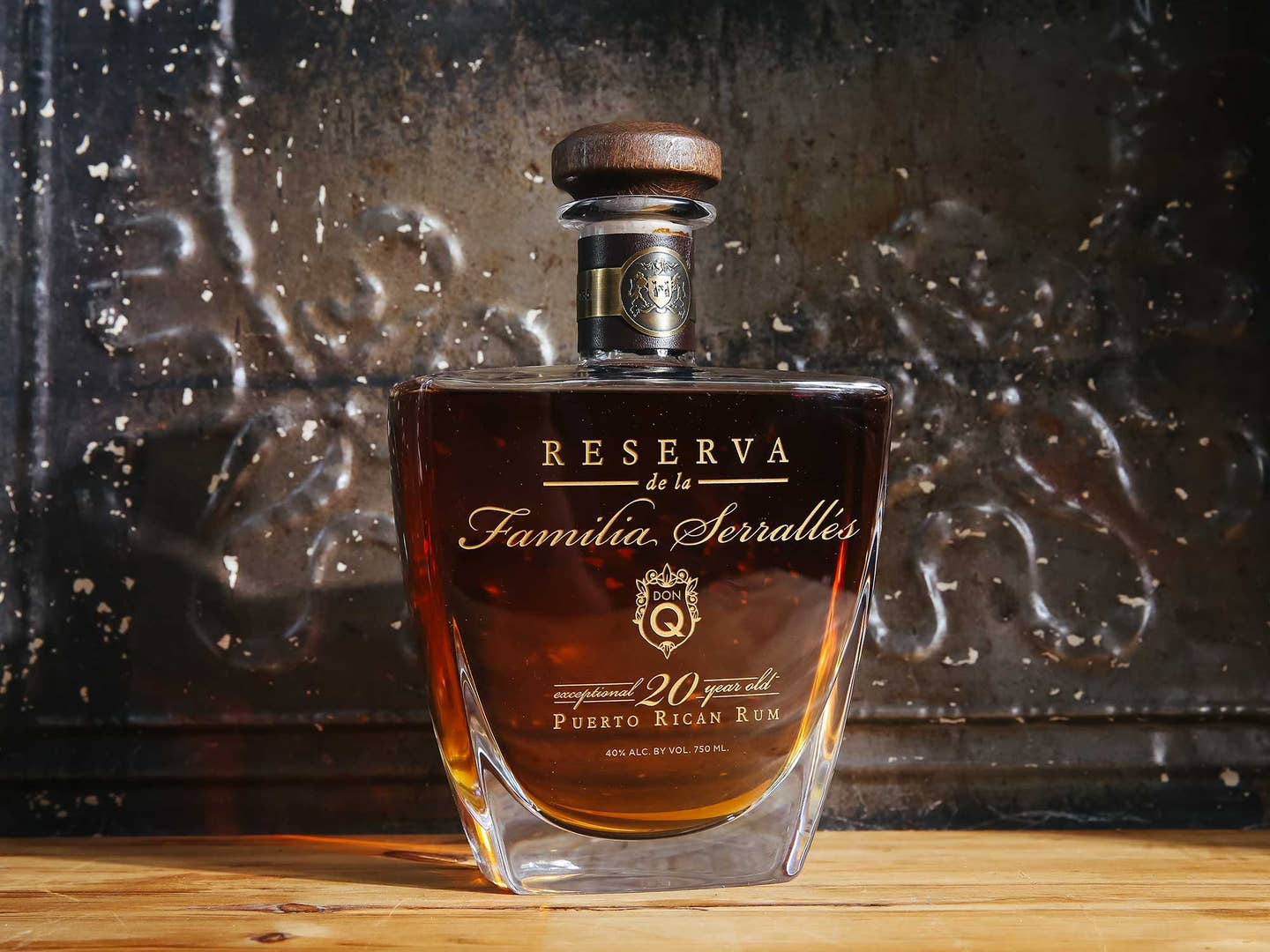
It's safe to say that the oldest of rums tend to be significantly younger than, for instance, a hyper-aged Armagnac or fortified wine. Puerto Rican heritage producer Destilería Serrallés (home to brands like Don Q) recently released a 20-year-old aged rum expression commemorating the 150th anniversary of the family's rum-making tradition. While 20 years might not sound strikingly old compared to other spirits on this list, sixth-generation rum maker Roberto Serrallés shares a bit of background on why this rum is notable within its category. "20 year old rum (aged in the tropics and using the USA federal age claiming standards) is one of the oldest true age claims you will see in the rum marketplace—age in spirits can be thought of as a relative term. In other words, not all spirits are aged equally. A spirit aged in Scotland, for example, experiences cold temperatures and high humidity which translates into very low aging losses (1-2% per year). The maturation process in this case is slow. On the other hand, a rum aged in our distillery in Ponce, Puerto Rico experiences high temperatures and low humidity, which leads to high aging losses (8-10% per year). In our case, rum matures very quickly. My joke is that our rums mature as in dog years; every calendar year in Scotland means like 7 years in Puerto Rico in terms of how fast our rums mature." $1,899.99

This extraordinary 41-year-old single malt is the oldest expression released by Glenmorangie to date, and its 503 bottle (read: crystal decanter) release was accompanied by an exclusive piano composition by renowned jazz musician Aaron Diehl. The Glenmorangie Pride 1974 made quite the entrance in 2017, and for good reason: the whisky is astoundingly complex and rich but delicately so, made up of countless notes imparted by its long life in ex-bourbon and ex-Oloroso casks. $8,034+

In similar fashion to the Glenmorangie Pride 1974, the Dalmore 40 Year Old was released in 2017 (in hand-blown Baccarat crystal decanters, no less) after having spent a total of four decades in former bourbon and sherry casks. Master Distiller Richard Paterson laid this liquid down to cask 40 years ago in ex-bourbon barrels before being finished in oloroso sherry butts and then again in first-fill bourbon barrels. This unique, complex whisky features prominent notes of Colombian coffee, baking spice, and marmalade. $7500+
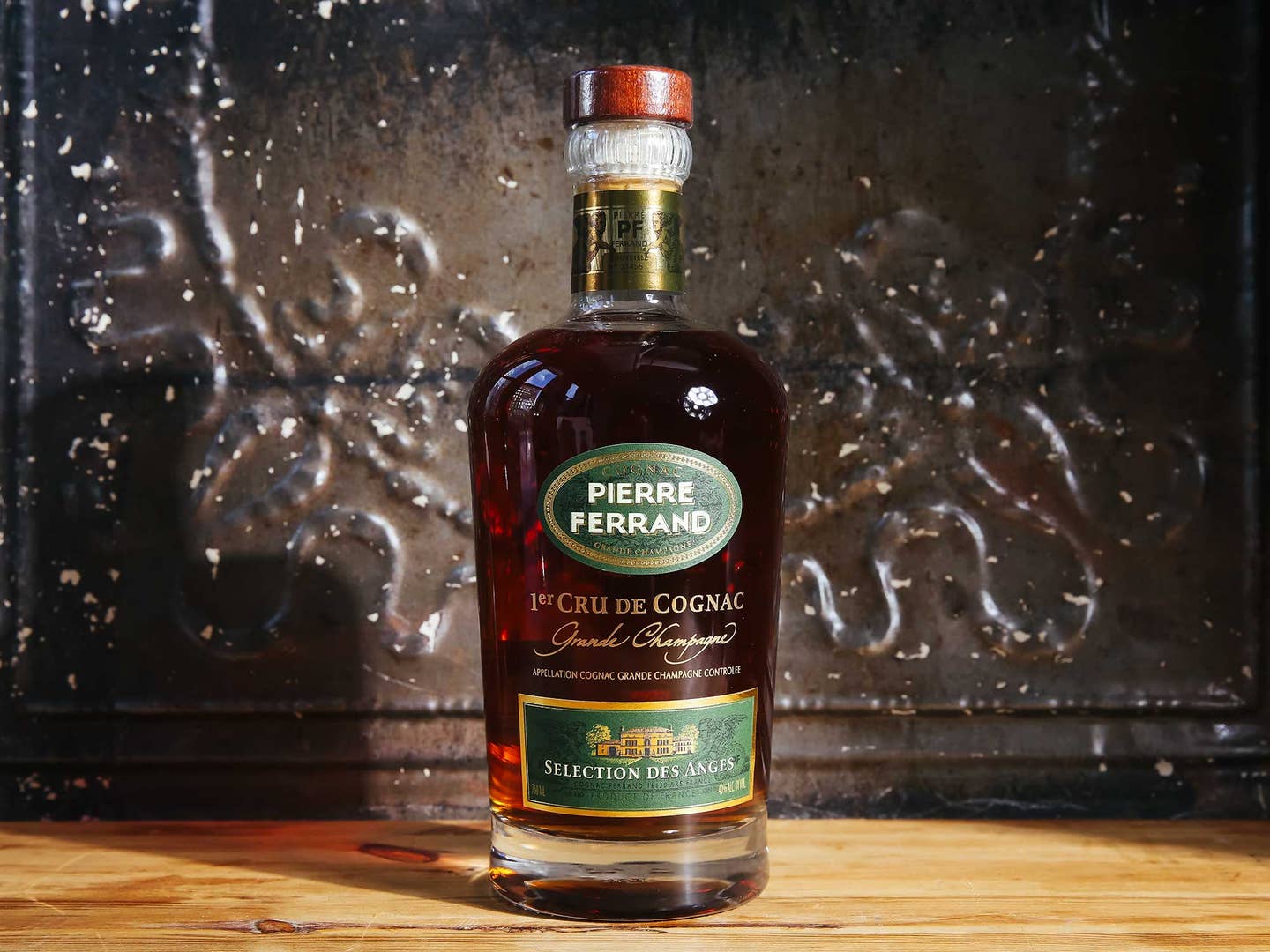
Esteemed Cognac house Pierre Ferrand, hailing from the chalky soil of Grande Champagne in France's Cognac region, won an astounding 95 points for its Sélection des Anges expression from the Chicago Beverage Testing Institute, and for good reason...the liquid, which has a maximum of 30 years within the blend, is both delicate and complex, rife with bright fruit, subtle nuttiness, and graceful tannins. This falls into the XO (Extra Old) designation of the Cognac aging hierarchy. $182+
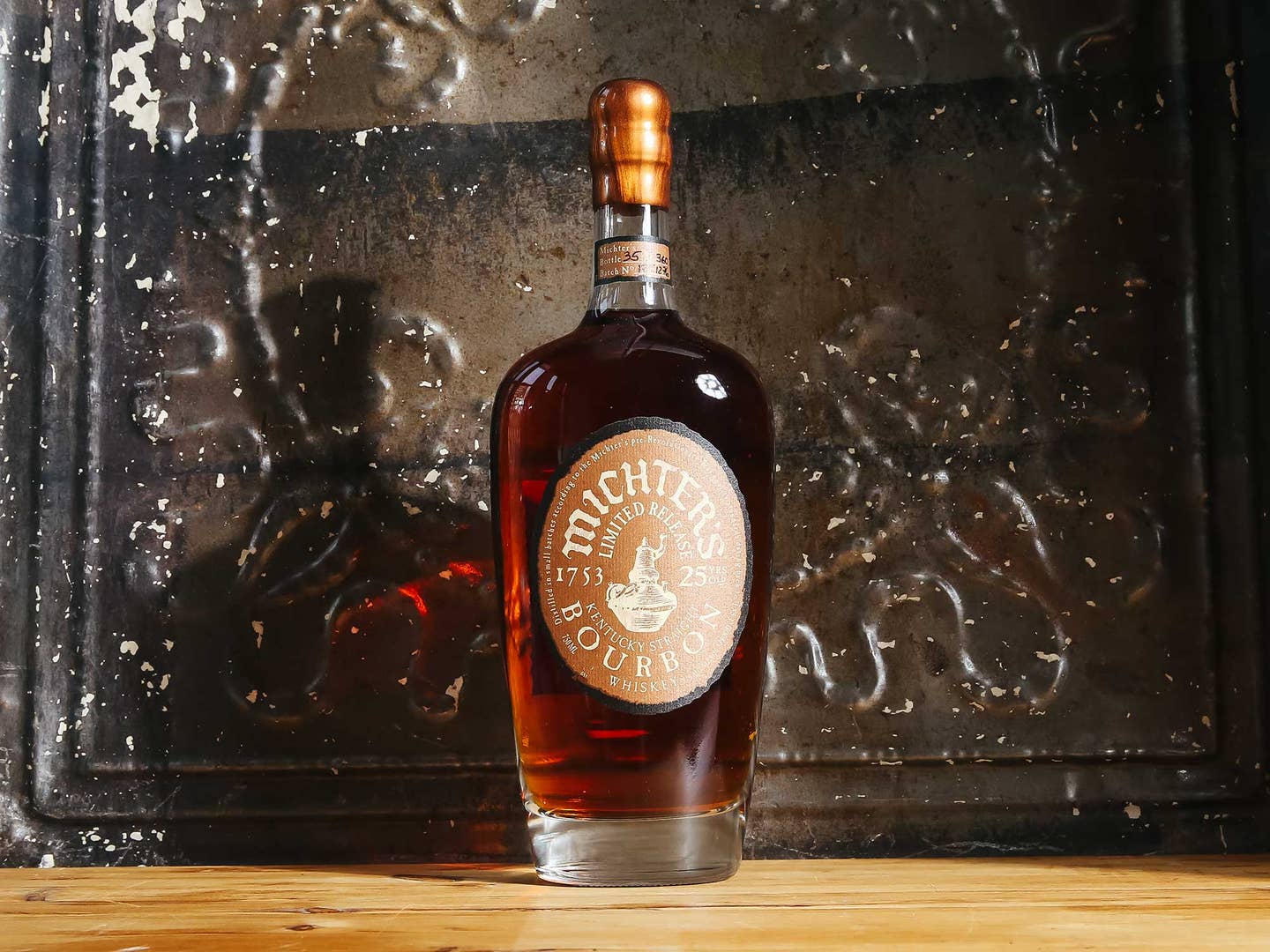
When it comes to ultra-aging on the American whiskey frontier, Michter's has made waves with its 25-year bourbon, which was bottled and released in 2017 after a nine-year hiatus from this particular age statement. Master Distiller Pamela Heilmann is the mastermind behind this exceptional whiskey, which features notes of smoked nuts, brown butter, baking spice, and chocolate, among others. $4,000-$8,000+
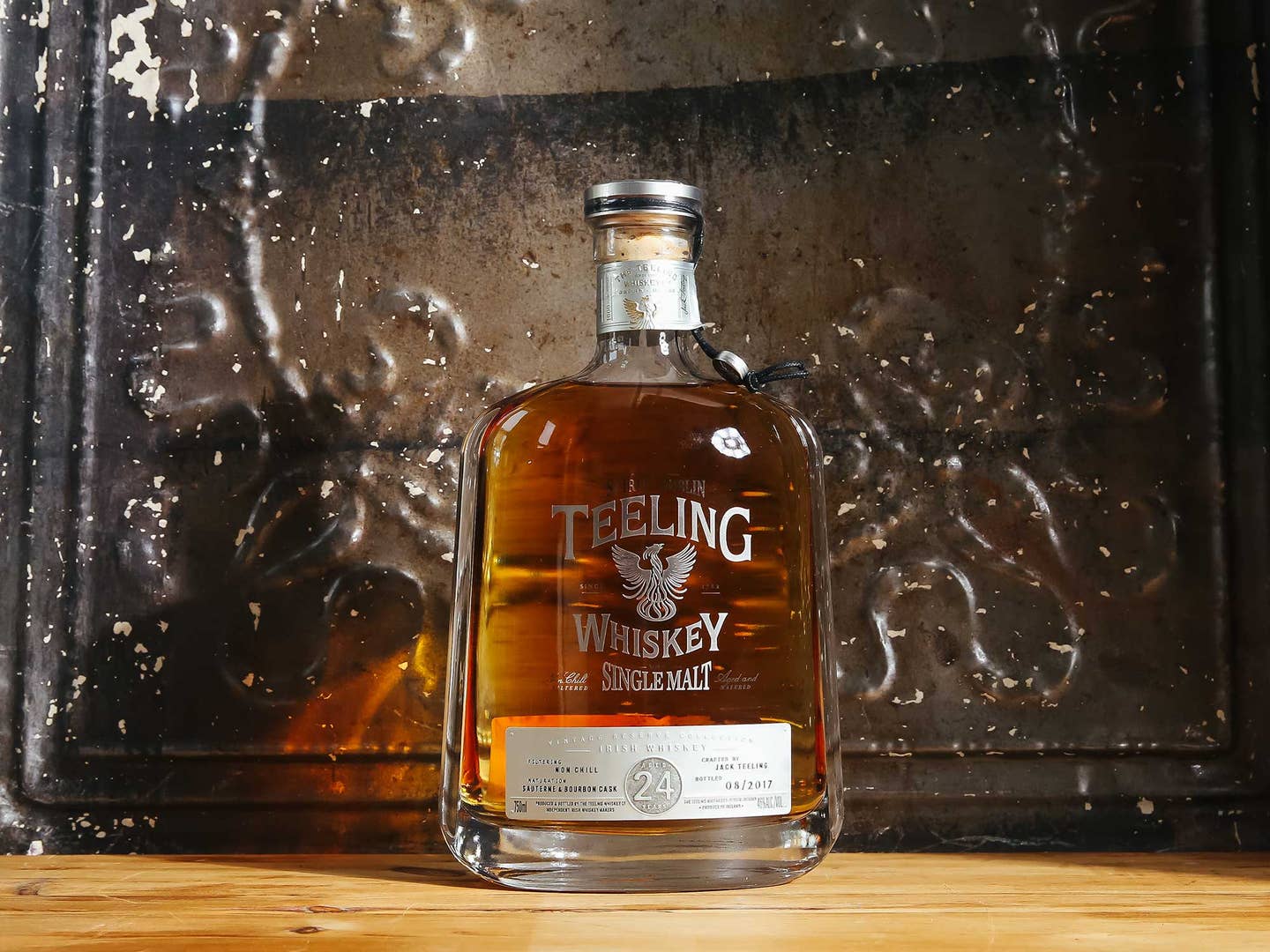
Back in 2016, Teeling released an extremely rare collection of whiskies, one of which was said to be the oldest Irish single malt whisky bottling in history—there were just 275 bottles of this 33 year expression, which is now quite difficult to come by. However, Teeling's 24 year old is still currently available in the US and is considered to be "one of the oldest Irish single malts released in recent times," according to Stephen Teeling, Sales and Marketing Director at Teeling Whiskey Co. It was first distilled in 1991, aged in ex-bourbon casks, then finished in Sauternes casks. The Teeling 24 Year Old Single Malt was also recently awarded World's Best Irish Single Malt at the World Whiskies Awards. $290+
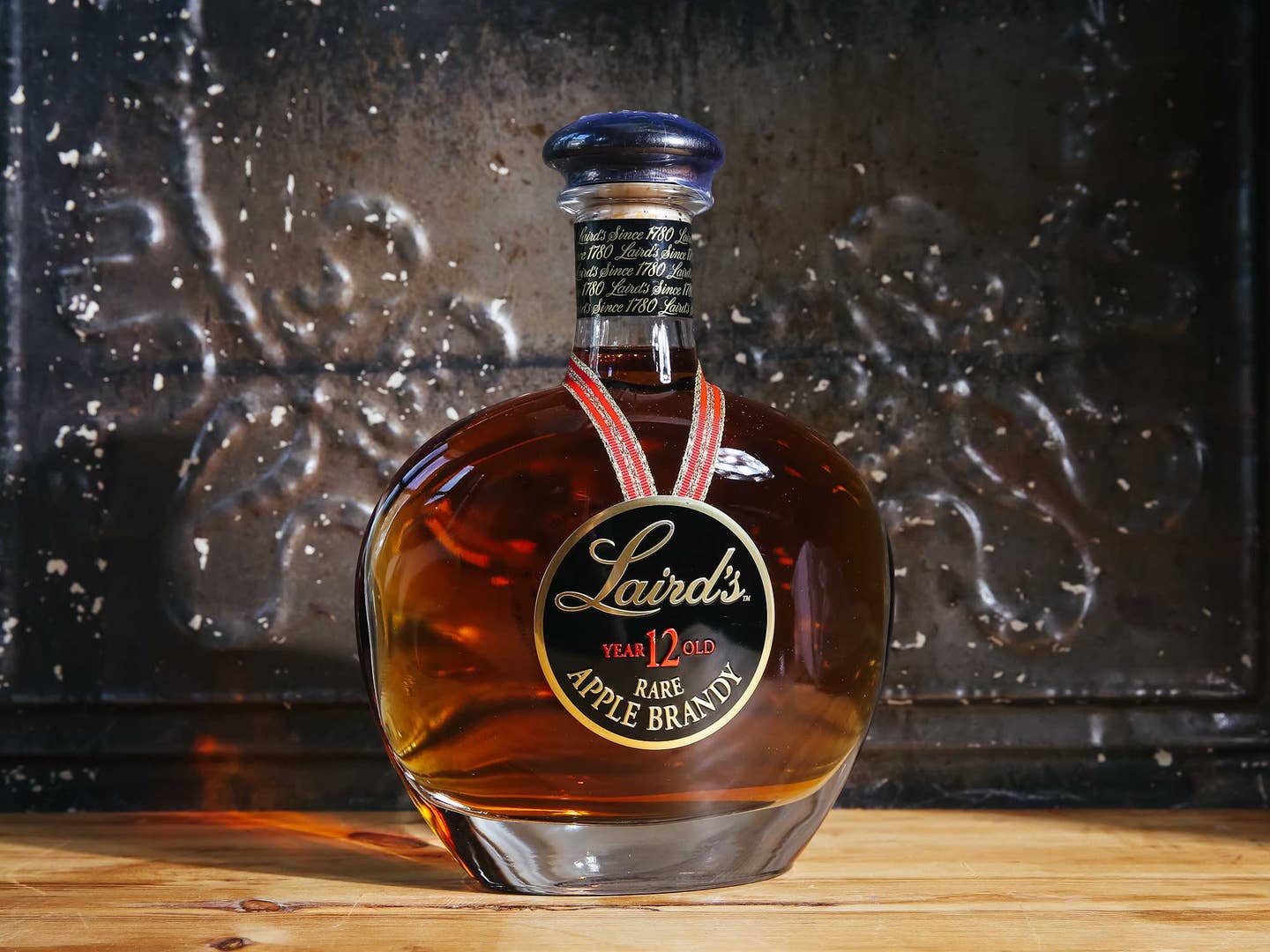
Apple brandy is a beloved all-American classic, and for years, Laird's has effortlessly cornered the market. Recently, the brand released a 12-year-old apple brandy, which is the oldest to date on the US market – par for the course given Laird's status as the oldest apple brandy producer in the country. Lisa Laird Dunn, Vice President and World Ambassador of Laird & Company, elaborates on what sets this age statement apart in its category: "The Laird family has put aside and sampled barrels as old as 25 years; we definitely feel that 12 years is the sweet spot for our apple brandy. Our apple brandy is very delicate. The longer you let it rest and age in wood, the brandy eventually will lose the apple flavor and aroma. We feel at 12 years we have created the perfect blend of apple and wood characteristics." $65+
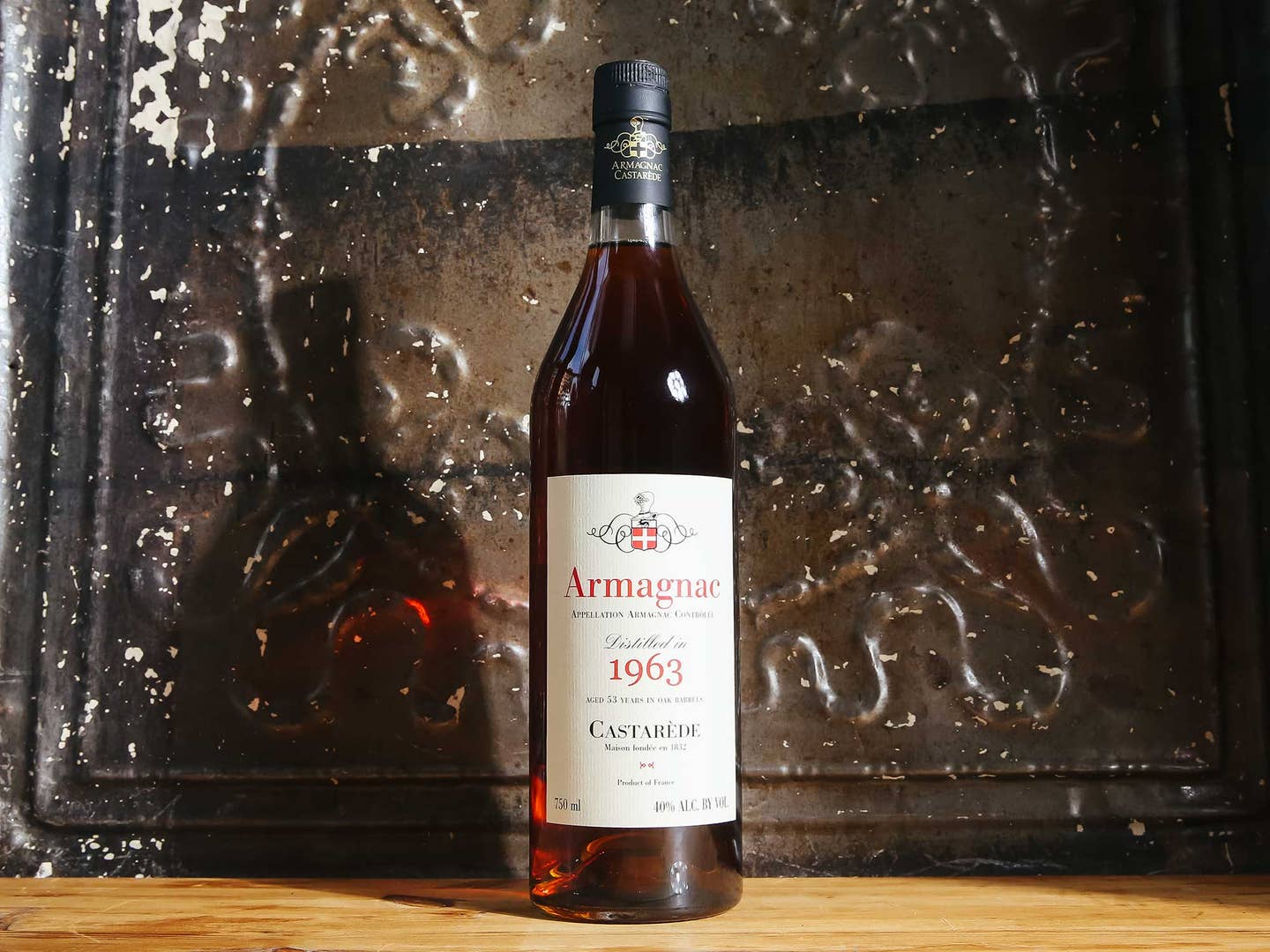
Armagnac, a brandy produced in France's Gascony region (in similar fashion to Cognac), is among the spirits categories that boasts some of the oldest age statements in the game thanks to its conduciveness to lengthy aging periods. Florence Castarède of Armagnac Castarède explains why: "The answer is simple as one word: wine! Armagnac, just like cognac, can be aged for decades because it is made from grapes. Grapes are the ideal raw material to be aged for very long periods. The balance between tannins, high acidity, sugar and low alcohol level, enabling a very long ageing process, is unique to grapes and can't be found in cane sugar, wheat or agave used to produce rum, whiskey or tequila. Armagnac behaves the same way a good wine would in a cellar." Currently, Armagnac Castarède's standout 1963 bottle is available for purchase in the US. $400+
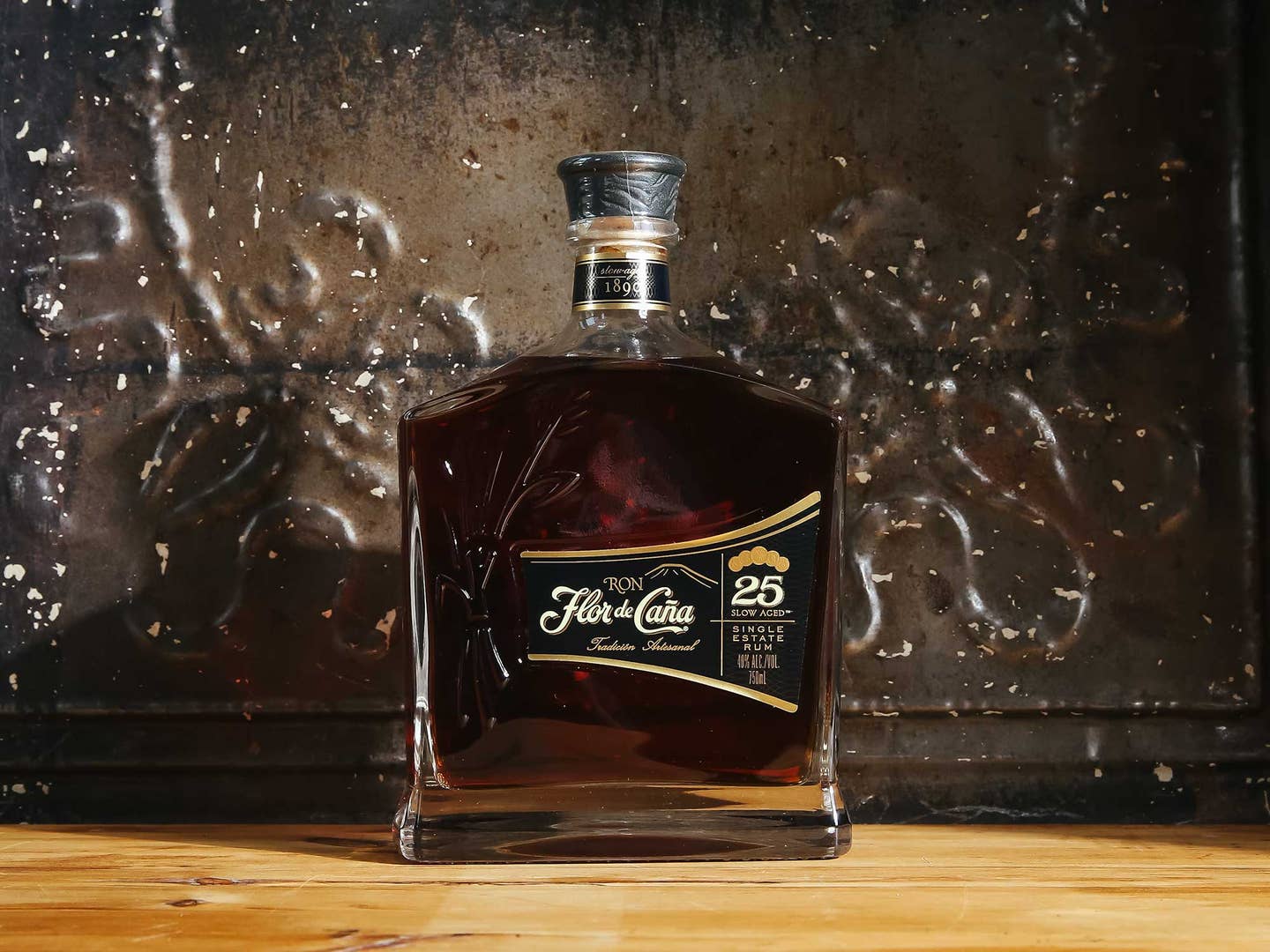
As Roberto Serrallés touched upon, a warm climate spirit aged beyond 20 years is nothing short of a feat given the setbacks brought on by the climate. Flor de Caña's 25 Year, which was released under the brand's Centenario collection, is the highest marquee in the portfolio; it's been aged in white oak bourbon barrels sealed with plantain leaves resulting in a very unique tropical flavor profile. This rum won "Best Rum of the Year 2017" at the International Rum Congress in Madrid. $134+
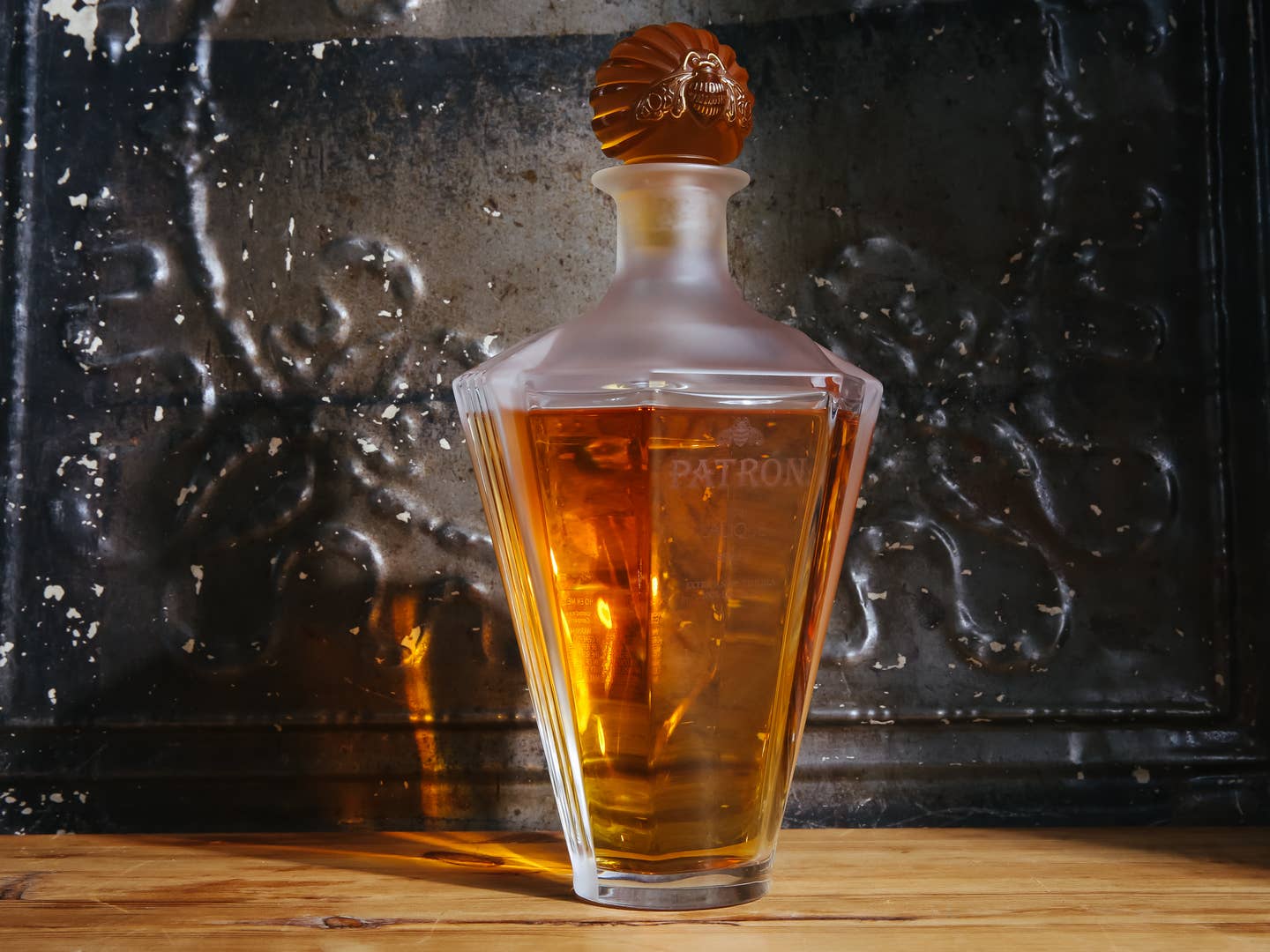
Tequila, another warm climate spirit (produced in Mexico per regulation), tends to have relatively young liquids at the older end of its age spectrum. In a recent collaboration with Lalique, Patrón released a rare aged expression combining maturation in American oak, French oak, and sherry casks over a period of eight years. Also worth noting is Casa Noble Selección del Fundador Volume II, which is aged for eight years singularly in lightly toasted French oak. $6,999+
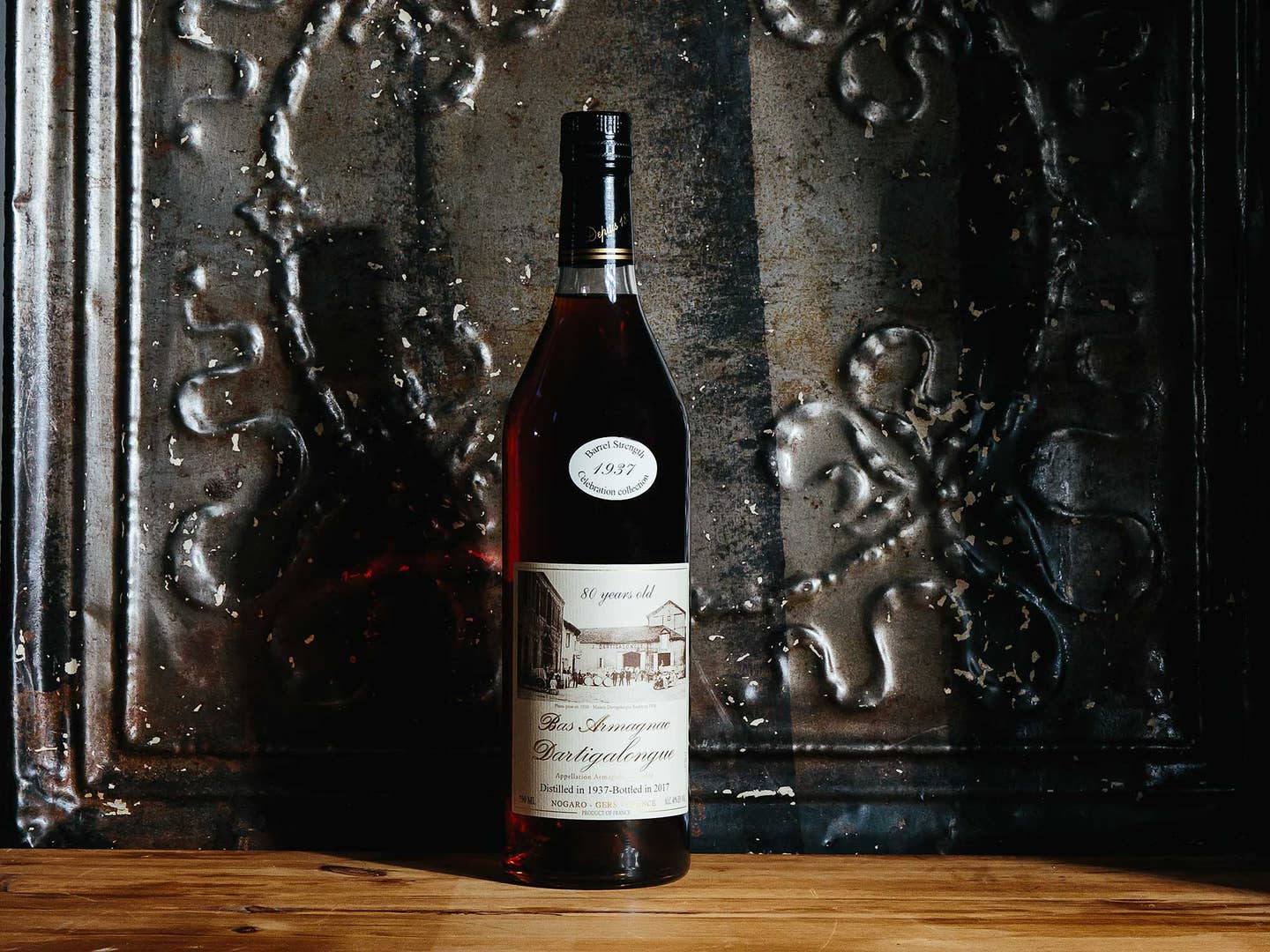
This absolutely stunning bottle looks as if it belongs in a museum; not surprising given its origins at the oldest house in Bas Armagnac in France. The 1937 Dartigalongue is one of a handful of extremely rare vintages dating as far back as 1848 (the oldest available Armagnac in the US). $889+
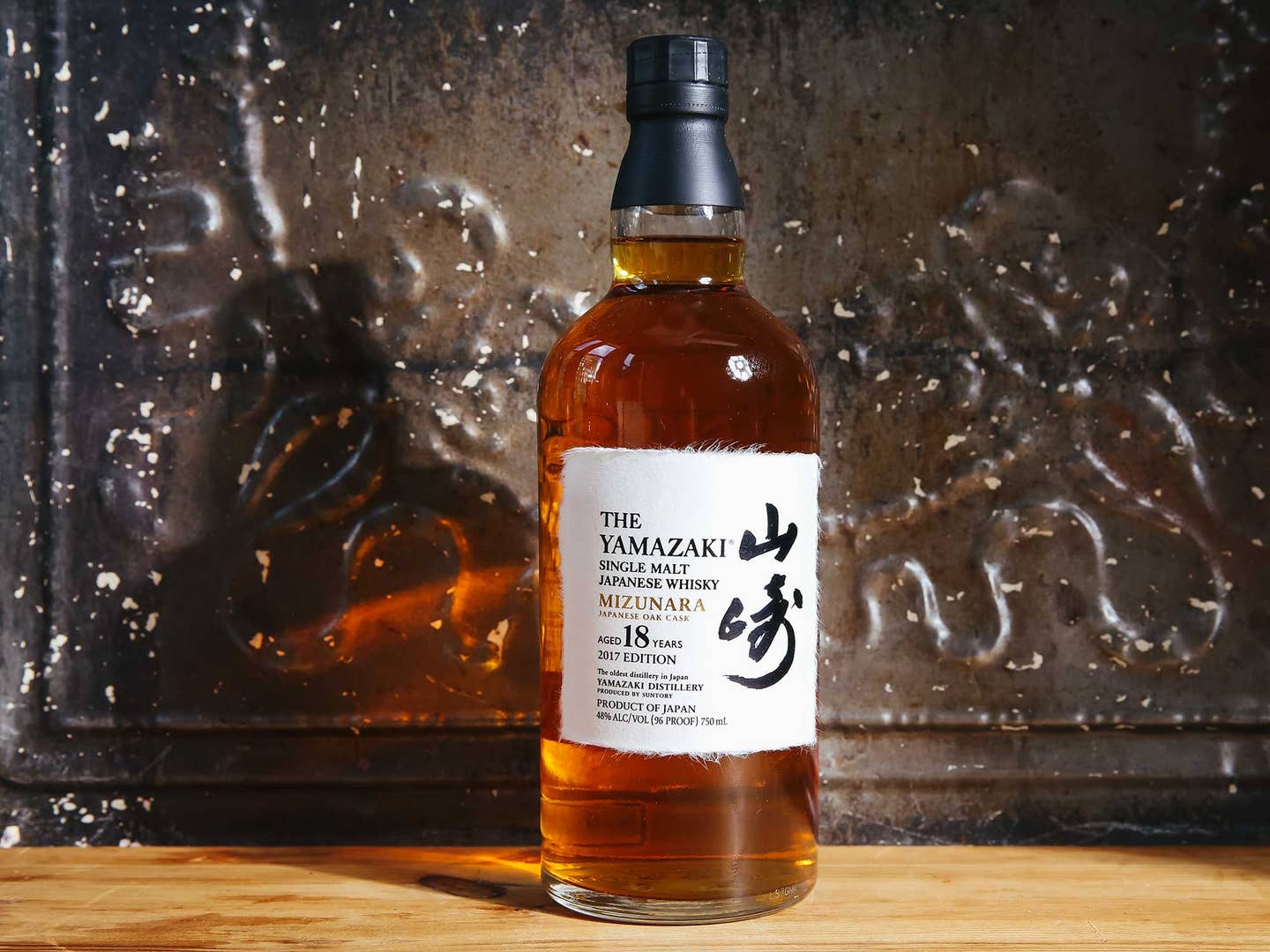
Aged for a minimum of 18 years in a rare Japanese wood, Suntory Whisky's Yamazaki Mizunara is a giant leap in the Japanese whisky world. The blend, which combines over 100 different whiskies aged up to 50 years (which is a feat in itself given that most Japanese whiskies do not reach this benchmark) was a bit of a gamble for Suntory as the use of Mizunara oak could be considered somewhat of a pioneer move, but the end result is a huge success—this is a truly exceptional liquid. Expect notes like sandalwood, aloe wood, incense, dried fruit, and cinnamon. $1,000+
Keep Reading
Continue to Next Story










